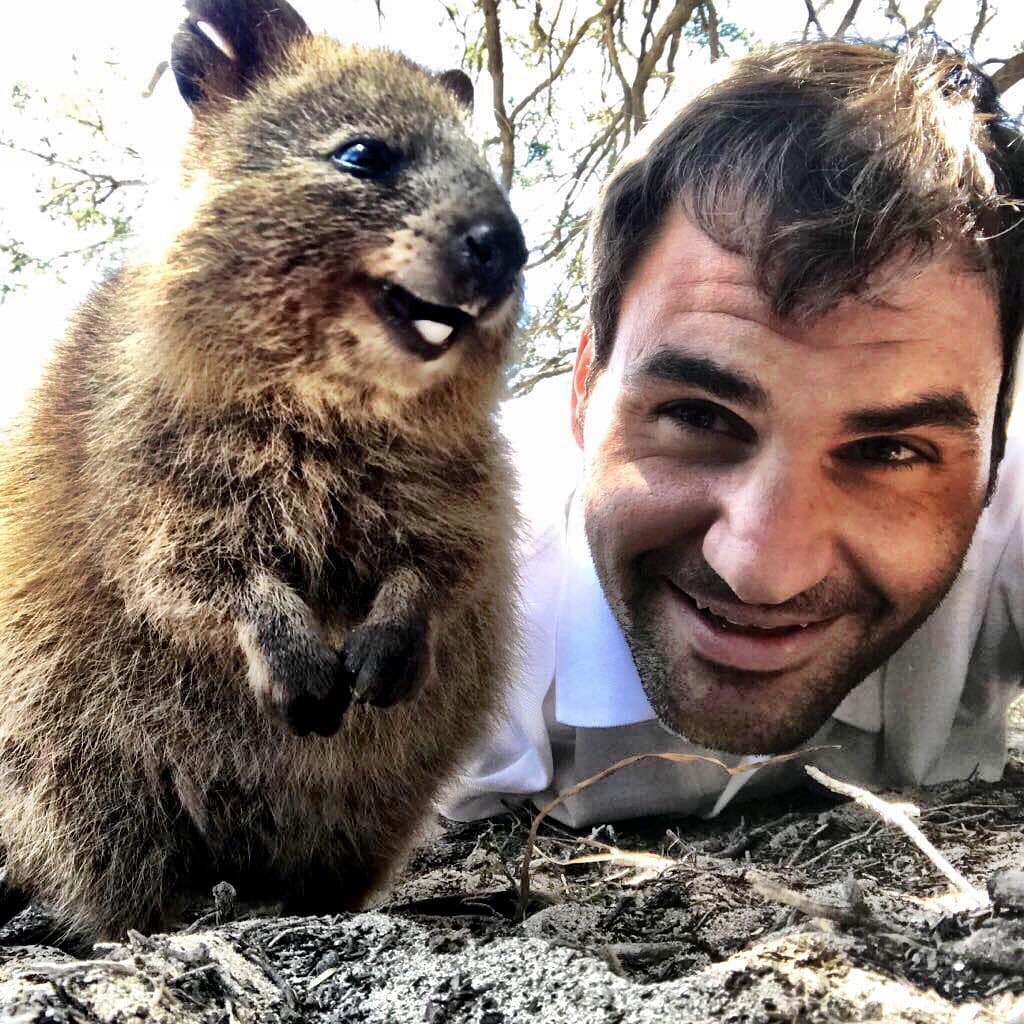What will it take to stop the animal selfie phenomenon?

LAST WEEK, IT was reported that kangaroos at a popular tourist area in New South Wales had begun attacking tourists for their food and causing significant injuries. Why? In a bid to get the perfect selfie, tourists were coaxing the kangaroos with carrots and if the animals didn’t get the carrots, or any other food high in sugar, they would become aggressive.
The area around the Morisset hospital, which boasts a notoriously large population of kangaroos making it a popular tourist destination, had signs telling tourists not to feed the kangaroos, not only because the animals were known to become aggressive but because it was to the detriment of the animal’s health. Despite this, people persisted.
See more: The “fast food” that urban birds love and the healthier alternatives
The debate around animal selfies isn’t a new one. In March, quokka selfies made headlines after Instagram introduced an automatic warning to those searching #quokkaselfies after the platform made a commitment to warn users of hashtags that may be associated with “harmful behaviour to animals or the environment” in December 2017.
For James Cook university sociologist Gianna Moscardo, who has conducted large-scale studies on the tourist selfie phenomenon, animal selfies are an exaggeration of past behaviours.
“There have always been some tourists and professional photographers who’ve engaged in questionable behaviour such as feeding animals, removing vegetation and harassing animals in the pursuit of a desirable image,” she tells Australian Geographic, but she says it’s never been on a scale like this.

One man’s injury after a kangaroo attack at Morisset. (Image Credit: Shane Lewis)
The tourism boom
More people travel around the world today, particularly to the Asia-Pacific region, than ever before thanks to the major increase in budget air and cruise travel. “We have many, many more tourists with much less experience of travel and a much greater diversity in terms of their level of awareness and concern about their own impacts,” Gianna says.
This, paired with essentially everyone having access to a good camera via their smart phones, has resulted in the animal selfie craze currently happening. During her research, Gianna was shocked about many of the incidents she came across. “There were two incidents in Argentina where dolphins have died after being taken from the water and passed around literally dozens of people for selfies.”
See more: Should you be feeding birds? The answer isn’t so simple
While this is extreme, Gianna says she’s more worried about the role of tourism operators in this kind of exploitation. “What is less dramatic but more damaging overall is the taking of animals to tourist centres for selfies. In this case it is the people charging the tourists that are really doing the exploitation. We might argue that the tourists should know better but many of them will just assume that the animal is okay.”
But it’s not just capturing a selfie that’s the problem. According to Gianna, it’s having an impact on different ecosystems.
“We’ve seen damage to vegetation and ecosystems as people try and get close to the wildlife. We’ve seen a rise in people taking wildlife out of their habitats and keeping them captive so they can take them to tourist centres and charge for people to take selfies with them. The likelihood of these captive animals surviving very long is low.”

Roger Federer’s quokka selfie.
The instant gratification of social media
Gianna is convinced that we can’t improve the welfare of these animals without better understanding the role of social media and what these platforms can do to help.
“Most of the time people are connected to some sort of social media and that gives them both lots of examples of social modelling, like other people taking wildlife selfies, but also an instant audience to impress. Photographers didn’t have that before,” Gianna says.
“So what? Well most management systems for tourist behaviour focus on the tourist themselves, but wildlife selfies are actually driven as much by the social media audience and other social media content generators than the individual so we need some very different ways to think about the problem.”
See more: Photographing Australia’s large, venomous snakes
While it may be easy to blame the tourists who continue to feed the animals at the Morisset hospital, Gianna says that social media platforms, particularly Instagram, have a much bigger part to play.
“Social media is central to the success of any attempts to manage this problem. They need to do two things – try and remove wildlife selfies that are problematic – though that will have to be very carefully defined – and they need to promote good examples of taking wildlife photos. Environmental management agencies can help with the latter.”




